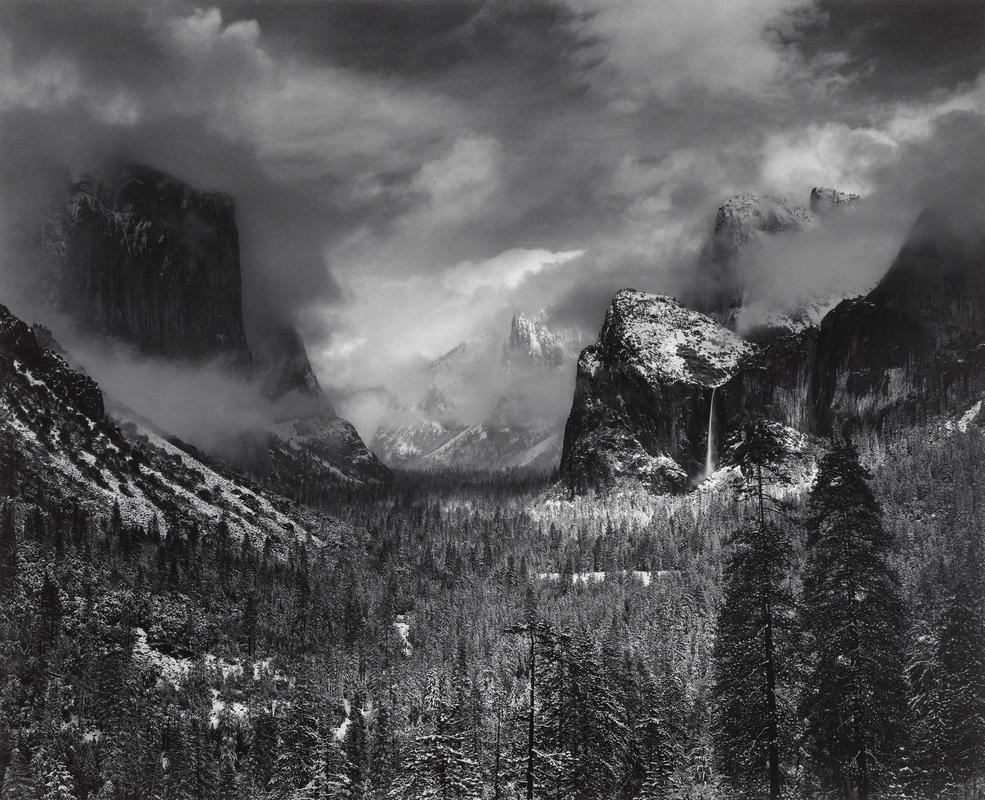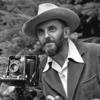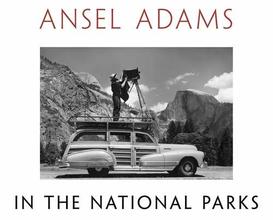More about Clearing Winter Storm, Yosemite National Park, California
- All
- Info
- Shop

Contributor
Ansel Adams was a chill, class A dude who spent his life gallivanting around nature and fighting for environmental conservation
1916 was a big year for Ansel Adams when his destiny became reality. It was the year he received his first camera and it was also the year he visited Yosemite for the first time. And thus, a bond was formed that would shape the rest of his life. Yosemite was so much more than just a nature refuge for the San Francisco city boy, it was the place where he recovered from the Spanish influenza that almost killed him, the place where he met his wife, and the land upon which he would raise his children.
His collection of Yosemite photos are amongst his most iconic body of work. Partially, because even the eternal pessimists of the world love a good picture of the valley, but also because Adams knew the park and all its great vantage points like no other. Adams actually lived in the park for ten years, back in the days when Yosemite was a place where one could actually find some solitude.
While everyone knows Adams's photos of Yosemite, fewer know that he actually did a lot more for the park than just snap some pics. It is because of Adams that thousands of people are able to summit Half Dome each year. Starting in 1919, Adams put up and took down the cables each year that allow people to ascend to the zenith of the behemoth chunk of granite. Of course, there are the countless people who have died slipping off those exact same cables, but I would like to think that this contribution to the park is an overall positive one.
Adams is one of those artists who never goes out of style. Everyone loves a great landscape photo and his environmental activism work will never cease to inspire the populace. While his photos are always stunning, they seem all the more poignant now. With Trump’s administration removing information about climate change from the Environmental Protection Agency website and putting gag orders on the National Park Service Twitter accounts, we can only hope that Adams's iconic nature photos will not become a solemn reminder of what once was.
Sources
- Philadelphia Museum, http://www.philamuseum.org/collections/permanent/70874.html
- National Parks Service, https://www.nps.gov/yose/learn/historyculture/ansel-adams.htm
- Cool Antarctica, http://www.coolantarctica.com/Shop/ansel_adams/clearing_winter_storm.php
- National Parks Service, https://www.nps.gov/yose/learn/historyculture/ansel-adams.htm
- Inside Climate News, https://insideclimatenews.org/news/03022017/epa-donald-trump-climate-ch…













